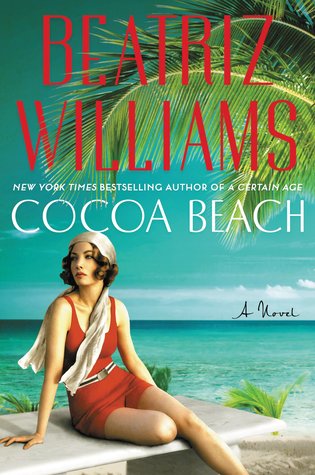 Cocoa Beach by Beatriz Williams
Cocoa Beach by Beatriz Williams Formats available: hardcover, large print, ebook, audiobook
Pages: 384
Published by William Morrow on June 27th 2017
Purchasing Info: Author's Website, Publisher's Website, Amazon, Barnes & Noble, Kobo, Bookshop.org
Goodreads
The author of A Certain Age transports readers to sunny Florida in this lush and enthralling historical novel—an enchanting blend of love, suspense, betrayal, and redemption set among the rum runners and scoundrels of Prohibition-era Cocoa Beach
Burdened by a dark family secret, Virginia Fortescue flees her oppressive home in New York City for the battlefields of World War I France. Driving an ambulance for the Red Cross, she meets a charismatic British army surgeon whose persistent charm opens her heart to the possibility of love. As the war rages, Virginia falls into a passionate affair with the dashing Captain Simon Fitzwilliam, only to discover that his past has its own dark secrets—secrets that will damage their eventual marriage and propel her back across the Atlantic to the sister and father she’d left behind.
Five years later, in the early days of Prohibition, the newly widowed Virginia Fitzwilliam arrives in the tropical boomtown of Cocoa Beach, Florida, to settle her husband’s estate. Despite the evidence, Virginia does not believe Simon perished in the fire that destroyed the seaside home he built for her and their young daughter. Separated from her husband since the early days of their marriage, the headstrong Virginia plans to uncover the truth, for the sake of the daughter Simon has never met.
Simon’s brother and sister welcome her with open arms and introduce her to a dazzling new world of citrus groves, white beaches, bootleggers, and Prohibition agents. But Virginia senses a predatory presence lurking beneath the irresistible, hedonistic surface of this coastal oasis. The more she learns about Simon and his mysterious business interests, the more she fears that the dangers surrounding Simon now threaten her and their daughter’s life as well.
My Review:
This didn’t turn out to be quite what I expected, but I don’t know why. The book does match the blurb. More or less.
It also reminds me more than a bit of Daphne du Maurier’s classic Rebecca, if Rebecca wound itself up on the Florida coast during Prohibition.
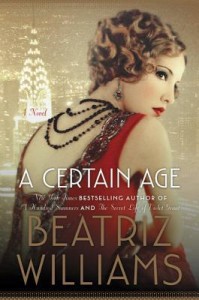 The story of this Cocoa Beach is set loosely within the sequence of Williams’ other novels. They are all set in Prohibition-era America and feature at least some of the same set of wealthy and ill-fated people. In the case of Cocoa Beach, the heroine of this story is Virginia Fitzwilliam nee Fortesque, the sister of Sophie Fortesque, one of the heroines of A Certain Age.
The story of this Cocoa Beach is set loosely within the sequence of Williams’ other novels. They are all set in Prohibition-era America and feature at least some of the same set of wealthy and ill-fated people. In the case of Cocoa Beach, the heroine of this story is Virginia Fitzwilliam nee Fortesque, the sister of Sophie Fortesque, one of the heroines of A Certain Age.
You don’t have to read all the books to feel part of each individual one. It’s more that the characters know each other and mention each other than that the main characters continue from one to the next.
Back to Cocoa Beach. This is a story that is told in two time frames, but by the same person. In the book’s present, Virginia is in Florida, dealing with her late husband’s estate after his death in a rather suspicious house fire. This is 1922, so forensics as we know them are pretty minimal. The body was burned beyond recognition, and identification was made through use of artifacts found with the body. It’s an ID that feels shaky from the beginning.
The second story is also Virginia’s story. It is her version of events during World War I, when she first met her late husband Simon Fitzwilliam. At the time, she was a volunteer ambulance driver and he was a surgeon with the British Expeditionary Forces. Through Virginia’s eyes, looking back at a past that was not so long ago but that happened before so much personal trauma, we see Simon charm the rather innocent Virginia into his life, his bed and eventually into marriage, in spite of her reservations every step of the way.
Because we see these events only through Virginia’s eyes, and because Virginia in the end has a great many doubts about Simon’s feelings and Simon’s motives, we as readers also end up doubting whether any of what Virginia thought she saw in him was true.
Simon really has been keeping secrets from Virginia. His life situation is never quite what he says it is. And his unwillingness to let her know just how big a mess his life really is provides just the wedge for someone, Simon’s brother Samuel, to get Virginia to doubt everything about Simon and her relationship with him.
And those doubts and fears ruin her marriage, and very nearly take her life.
Escape Rating B-: There’s a lot of Gothic creepiness in the swamps of Florida, and there’s a lot of Gothic creepiness in this story as well. Throughout the story, there’s a strong sense of looming menace hovering over Virginia, and it’s very definitely real. Someone really is watching her and someone is definitely out to get her.
This is also a story where all the narrators are completely unreliable. Simon tells a whole lot of lies of omission, and while in the end his reasons make sense, he definitely sows the seeds of his own destruction with those lies. Virginia is an unreliable narrator not because she deliberately lies, but because she is simply unable to see when others lying to her, so she bases her thoughts and decisions on the lies she has been told. And everyone else in the story, with the exception of Virginia’s two-year-old daughter, is living one kind of lie or another right before her eyes. And she never seems to suspect a thing that she really ought to.
So much of what goes wrong in Virginia’s life, which is what makes this story, is that instead of asking Simon for an explanation of a whole lot of things, she simply believes what Samuel tells her and runs away. Over and over and over. She never confronts Simon with what he’s supposedly done, or what he has supposedly not said. Or both.
I think that this is the place where readers will either understand why she did what she did or wonder what she was thinking. If she was thinking, which she probably wasn’t. She continually takes one side of the story and runs with it, and away, and never looks for the other. That she does love Simon and did marry him and yet always believes whatever Samuel tells her without checking into it at all struck this reader as a lie too far. But the whole story hinges on Virginia falling for the same pack of lies over and over and over again, even when the voice inside her own head is telling her that something isn’t right. Which, of course, it isn’t.
I loved A Certain Age, and was really hoping for more of the same with Cocoa Beach. Instead, I ended up with Rebecca. And while I enjoyed reading the story while it was going on, the ending left me flat.

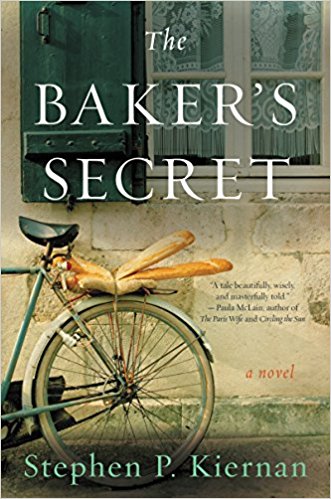 The Baker's Secret by
The Baker's Secret by 
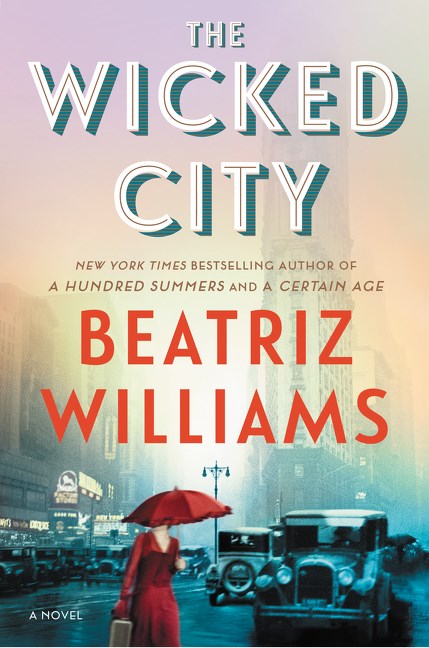 The Wicked City by
The Wicked City by 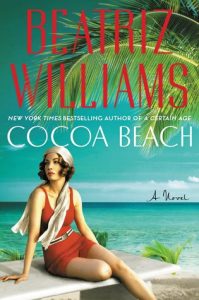 In addition to the connection between Gin and Ella, there’s also a connection between Gin and the characters in A Certain Age, and indeed the characters of many of the author’s previous books. It’s not such a tight connection that the reader needs to worry about having read the other books, and it’s also not completely revealed or resolved. But these people all inhabit the same social circles, and everyone seems to know, or at least know of, everyone else.
In addition to the connection between Gin and Ella, there’s also a connection between Gin and the characters in A Certain Age, and indeed the characters of many of the author’s previous books. It’s not such a tight connection that the reader needs to worry about having read the other books, and it’s also not completely revealed or resolved. But these people all inhabit the same social circles, and everyone seems to know, or at least know of, everyone else.
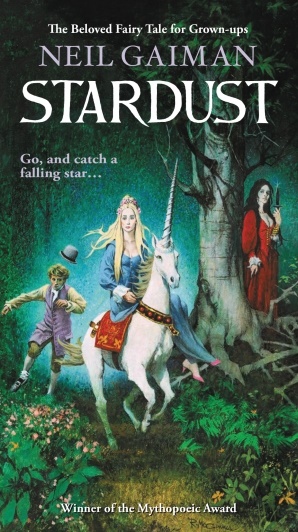 Stardust by
Stardust by 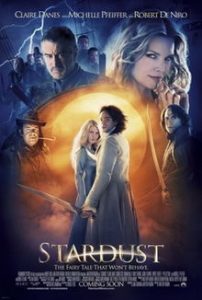 Never judge a book by its movie. I saw the movie
Never judge a book by its movie. I saw the movie 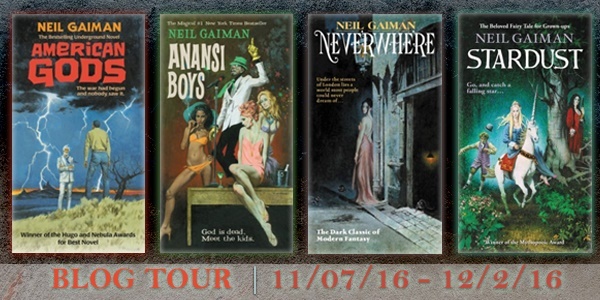
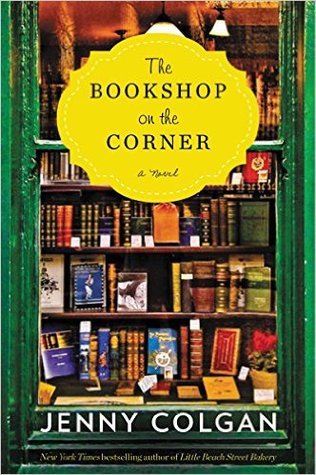 The Bookshop on the Corner by
The Bookshop on the Corner by 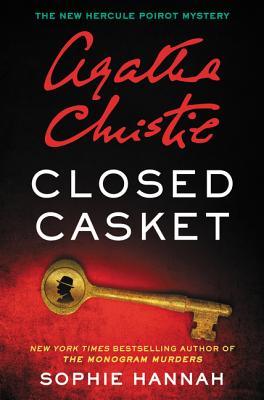 Closed Casket (New Hercule Poirot Mysteries #2) by
Closed Casket (New Hercule Poirot Mysteries #2) by  Just as in last year’s Poirot,
Just as in last year’s Poirot, 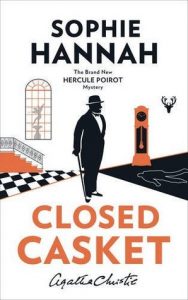 And just as with The Monogram Murders, the UK cover of Closed Casket does a much better job of capturing the Art Deco style that I associate with Poirot than the US cover. C’est la vie.
And just as with The Monogram Murders, the UK cover of Closed Casket does a much better job of capturing the Art Deco style that I associate with Poirot than the US cover. C’est la vie.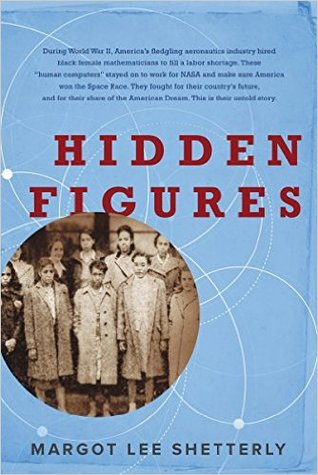 Hidden Figures: The American Dream and the Untold Story of the Black Women Mathematicians Who Helped Win the Space Race by
Hidden Figures: The American Dream and the Untold Story of the Black Women Mathematicians Who Helped Win the Space Race by 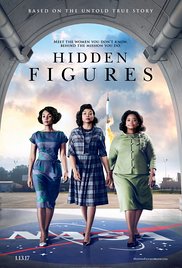 Escape Rating A-: There are two aspects to my comments. On the one hand, there is the story itself, which is absolutely awesome and needs to be distributed to the widest audience possible. (
Escape Rating A-: There are two aspects to my comments. On the one hand, there is the story itself, which is absolutely awesome and needs to be distributed to the widest audience possible. (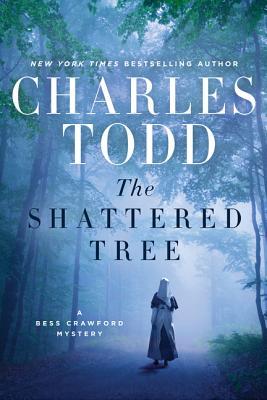 The Shattered Tree (Bess Crawford, #8) by
The Shattered Tree (Bess Crawford, #8) by 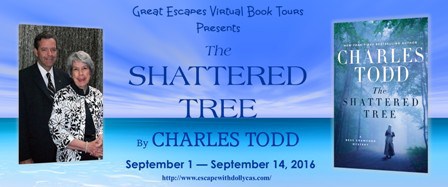
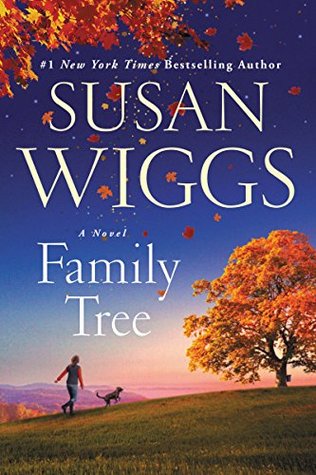 Family Tree by
Family Tree by 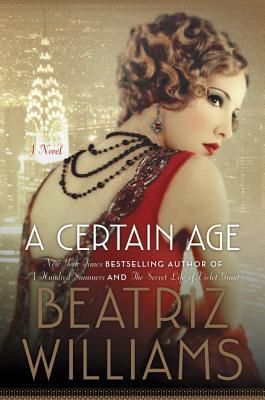 A Certain Age by
A Certain Age by